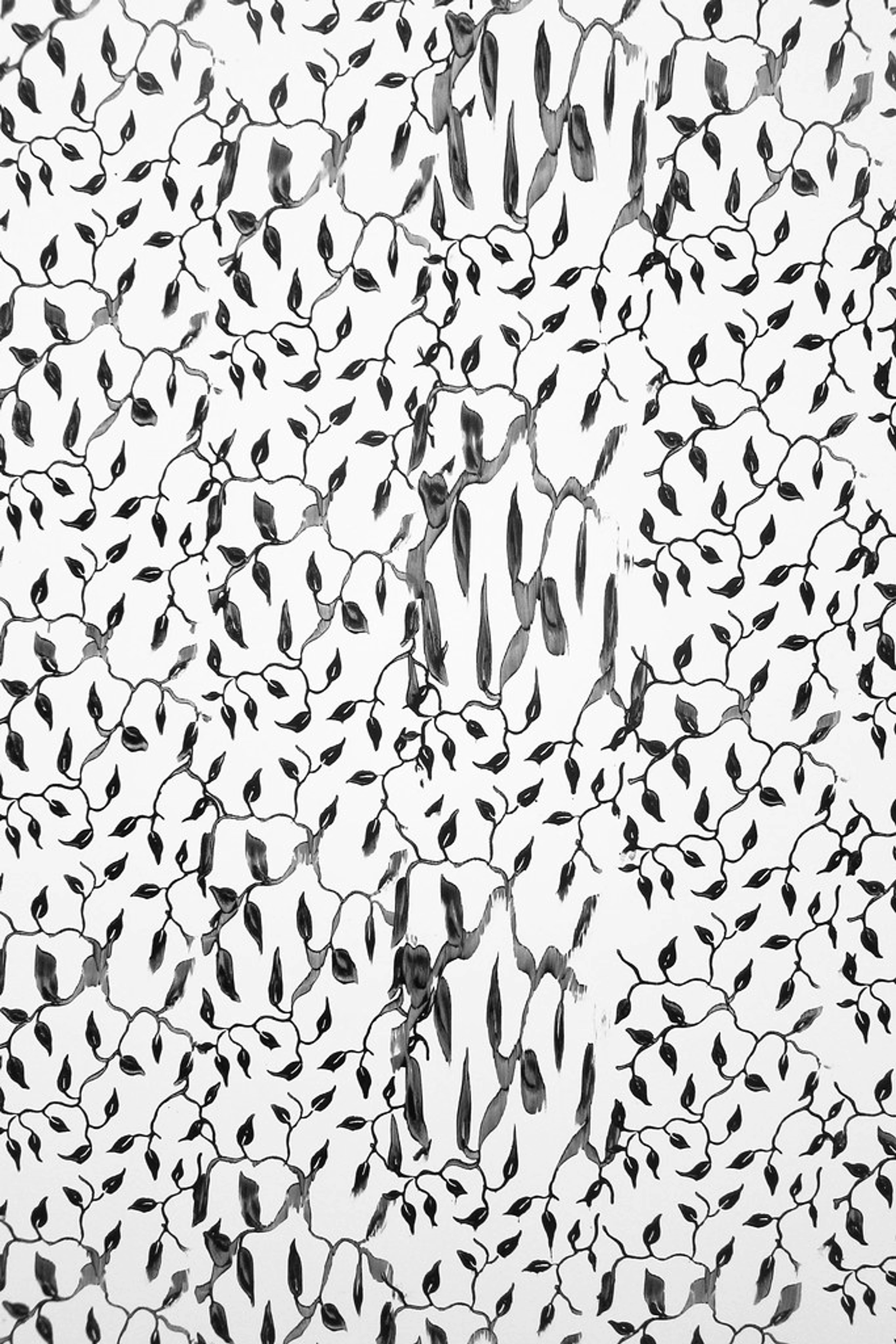
Sculpting Silence: The Power of Negative Space in My Abstract Art
Dive into how I, an abstract artist, intentionally sculpt silence with negative space to create balance, depth, and focus. Discover its profound impact on my compositions and how it elevates the meaning in my work.
Sculpting Silence: The Power of Negative Space in My Abstract Art
I've always been a bit of an overthinker, a person who tends to fill every silence, every gap, with words or thoughts. It's a habit I'm constantly trying to break, to truly listen to the spaces between the notes, the quiet moments that often hold more truth than the loudest pronouncements. I remember once, in the studio, feeling utterly overwhelmed by a piece I was working on. It was a riot of color and texture, every inch screaming for attention, and yet... it felt lifeless, suffocated. It was only when I forced myself to step back, to not add more, to let a large area of untouched canvas breathe, that the entire composition exhaled. This personal journey, surprisingly, has profoundly shaped my artistic philosophy, especially when it comes to negative space in my abstract compositions. It's a direct reflection of my internal struggle to find power in restraint, not just in life but on the canvas. Perhaps it's why my art often feels like a conversation with myself, a quiet dialogue between presence and absence, a dance between intuition and intent.
It sounds a bit contradictory, doesn't it? To actively explore something that isn't really there, to give power to the unseen. But trust me, once you start to see it, to really feel the deliberate absence within a painting, it unlocks a whole new dimension of appreciation. It's not just the paint on the canvas that speaks; it's also the canvas around the paint, whispering its own profound stories.
More Than Just 'Empty' Space: A Philosophical Interlude
Imagine a piece of music. What makes it powerful isn't just the crescendo of the violins or the booming of the drums. It's the pause before the climax, the breath between phrases, the silent moments that allow the sound to resonate. Without those spaces, it's just noise, a relentless, overwhelming wall of sound. My abstract compositions are much the same. The negative space is that essential pause, that vital breath. This isn't just a personal observation; it's a principle echoed across art history, from the stark, geometric precision of a Donald Judd or an Agnes Martin, where negative space IS the form, to the expressive gestures of Abstract Expressionism where the untouched canvas provides a necessary counterpoint to fervent marks. Even movements like Bauhaus, with its emphasis on clarity and functionality, implicitly understood the power of carefully considered voids to enhance form and message.
Artists through the ages have instinctively understood that true power often lies in what is withheld, allowing the viewer's eye and mind to complete the narrative. Think of a traditional Japanese ink wash painting, where a few brushstrokes evoke a mountain, but the vast, untouched paper around it is what truly conveys the mist, the sky, the sheer scale. Or a Rothko color field, where the edges of the color blocks are defined by the atmospheric negative space around them, creating an immersive, almost spiritual experience. This deliberate use of absence, this sculpting of silence, is how I aim to evoke a similar profound feeling in my own works. It's about letting the painting breathe, finding that moment of quietude amidst the visual 'noise.' I remember one specific piece, a chaotic explosion of reds and yellows, that only truly came alive after I deliberately masked off a large, pristine white area, allowing the 'silence' to speak louder than the 'sound' of the brushstrokes. It completely changed the emotional resonance, grounding the chaos with a moment of quietude.

https://live.staticflickr.com/65535/53064827119_1b7c27cd96_b.jpg
For a long time, I was probably guilty of trying to do too much, to fill every inch with color and texture, thinking that more was always better. A common artist's struggle, I suppose, a fear of leaving anything unsaid. But through countless hours in the studio, and perhaps a few too many late-night existential ponderings, I realised the profound impact of what I didn't paint. It was a bit like discovering the joy of a quiet Sunday afternoon after a week of chaotic deadlines – the absence suddenly became the most present, most powerful thing. This understanding, born from personal experience and a quiet study of others, became a cornerstone of how I approach my canvas, translating the philosophical into the tangible. So, what exactly is this elusive 'negative space' in the context of my abstract art?
Defining the Undefined: What is Negative Space in Abstract Art?
In the simplest terms, negative space is the area around and between the subjects or elements in a composition. In abstract art, where there are no 'subjects' in the traditional sense, it becomes the space around and between the forms, colors, and textures that I create. It's the areas of the canvas that aren't touched by a brushstroke, or conversely, the carefully chosen dark or colored areas that frame and define the painted forms. This 'void' isn't uniform; its quality – whether it's a stark, flat white, a subtly textured neutral, or a deeply saturated color – itself subtly influences the mood and depth of the overall piece, interacting with the painted elements to create a holistic composition. For instance, a raw, unprimed canvas might evoke rawness and immediacy, while a smooth, deep indigo negative space could suggest mystery or infinite depth. The expansive negative space in a piece can evoke feelings of calm and openness, while a tighter embrace of forms might generate tension or focused intensity.
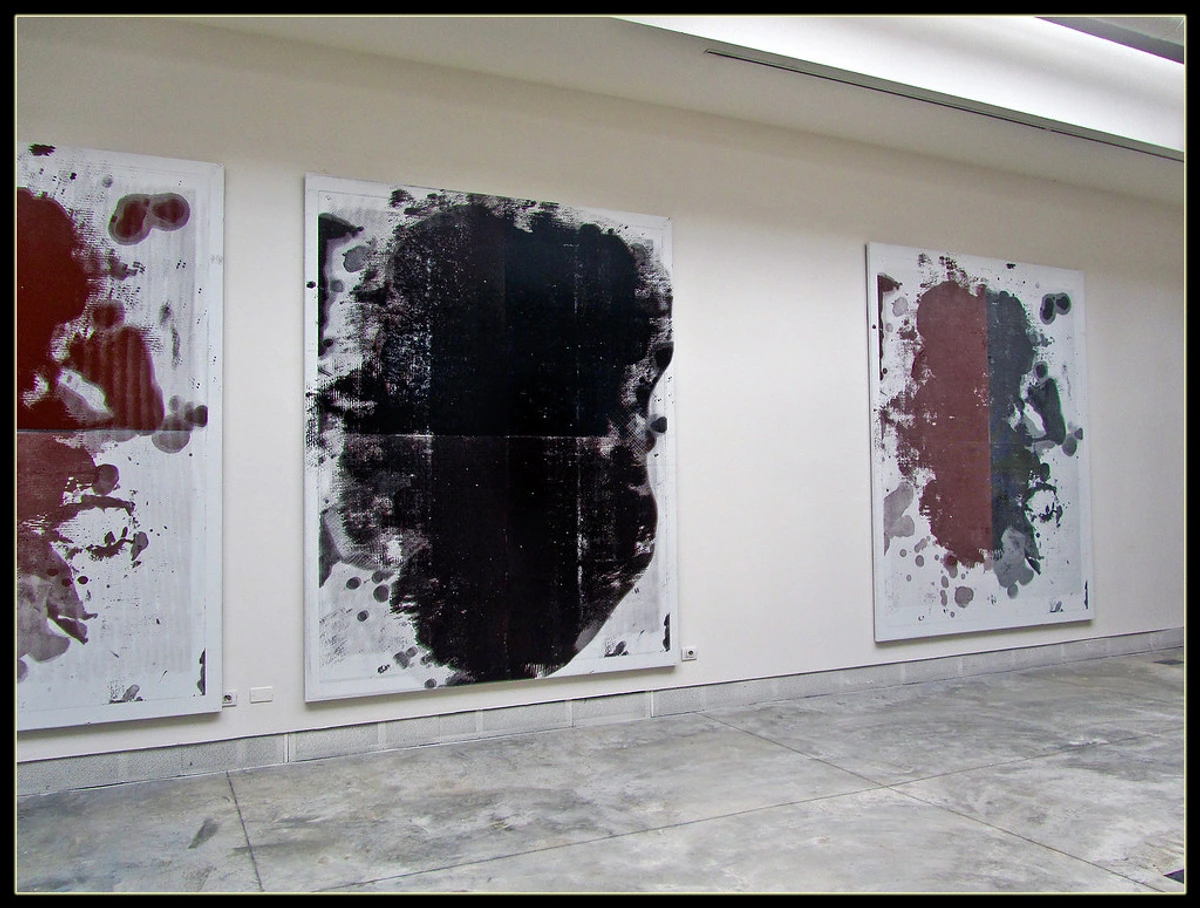
https://live.staticflickr.com/6195/6087778411_164f0d9a2f_b.jpg
My Creative Dance with the Void: Harnessing Negative Space
For me, negative space isn't an afterthought; it's an active participant in the creative process, often as important as the vibrant colors or bold strokes. It's one of the silent architects of balance, tension, and focus in my abstract artistic style. It's the moment I stop talking, and really begin to listen to what the painting needs, allowing for a dialogue with the canvas.
Balance and Harmony: The Unsung Hero of Composition
Think of a tug-of-war. If one side pulls too hard, the other gives way. In painting, if I fill every corner with 'positive' elements, the canvas feels heavy, unbalanced, and overwhelming. Negative space acts as the counterweight. It gives the eye a place to rest, to breathe, creating a visual rhythm that feels harmonious and calm. Imagine a bustling city street versus a quiet park bench – both have their purpose, but the park bench offers a necessary respite, a visual exhale. It's how I prevent my more energetic pieces from feeling chaotic, offering moments of stillness amidst the movement. A generous use of negative space can instantly instill a sense of peaceful contemplation, while its strategic scarcity can ramp up the visual energy. I've personally found it to be a core element in developing my unique artistic style.
Directing the Eye: Creating Focus and Narrative
One of the most powerful aspects of negative space is its ability to direct your gaze. By strategically leaving areas open, I can guide your eye directly to the elements I want you to notice first. It frames the 'story,' even if that story is non-representational. It's the silent narrator, highlighting a specific color interaction, a texture, or a particular form. Without it, everything competes for attention, and nothing truly stands out. It's a crucial part of what makes abstract art compelling. This deliberate absence becomes a spotlight, illuminating the stars of the show.
Tension and Dynamics: The Silent Roar
While negative space often brings calm, it can also be a source of incredible tension. The interplay between a bold, angular form and the seemingly empty space around it can create a dynamic push and pull. This tension isn't aggressive; it's a subtle, psychological energy that makes the artwork feel alive and active. It's the unspoken dialogue between presence and absence, inviting you to lean in, to ponder the relationship between what is seen and what is implied. Think of the dynamic charge between two magnets – unseen, but undeniably powerful. This delicate balance, for me, is a significant part of the dance of intuition and intent in my abstract layers.
Creating Depth and Dimension: Beyond the Surface
Beyond merely framing or balancing, negative space can also create a profound sense of depth and recession within an abstract work. By allowing certain elements to float or recede against an expanse of quiet, untouched canvas or a carefully modulated background, the artwork gains a spatial dimension that invites the viewer's eye to wander, to fall into the piece. It’s like looking into a vast, silent landscape, where the emptiness itself defines the horizon. This subtle manipulation of perceived distance transforms a flat surface into a complex, navigable world, inviting a more immersive experience.
Practical Magic in the Studio: My Approach
My relationship with negative space isn't always planned from the outset. Sometimes, it emerges intuitively, a discovery during the abstract painting process. Other times, it's a deliberate, almost architectural decision. It’s a constant negotiation, much like deciding how much coffee is just right in the morning.
From Blank Canvas to Intentional Absence
When I start a new piece, the blank canvas itself is pure negative space. It's daunting, exciting, and full of possibility. As I begin to apply color and form, I'm not just thinking about where the paint goes, but also where it doesn't. Sometimes this means meticulously masking off areas to preserve pristine white sections, or strategically scraping paint away to reveal either the raw canvas beneath or underlying layers of color, creating 'negative' forms through subtraction. The choice between revealing raw canvas or a prior paint layer dramatically shifts the textural and color interaction with the 'positive' forms. Other times, I might intentionally leave large areas of raw, unpainted canvas, letting its natural texture and color serve as the foundational negative space, often in my abstract art on paper and mixed media. I often step back, squint my eyes, and look at the overall shapes, focusing on the empty areas as much as the filled ones. It's like actively sculpting not with clay, but with the air around it, allowing the unseen to dramatically define the seen. I might outline a form, not by painting it, but by carefully painting around it, letting the raw canvas speak for the 'positive' shape.
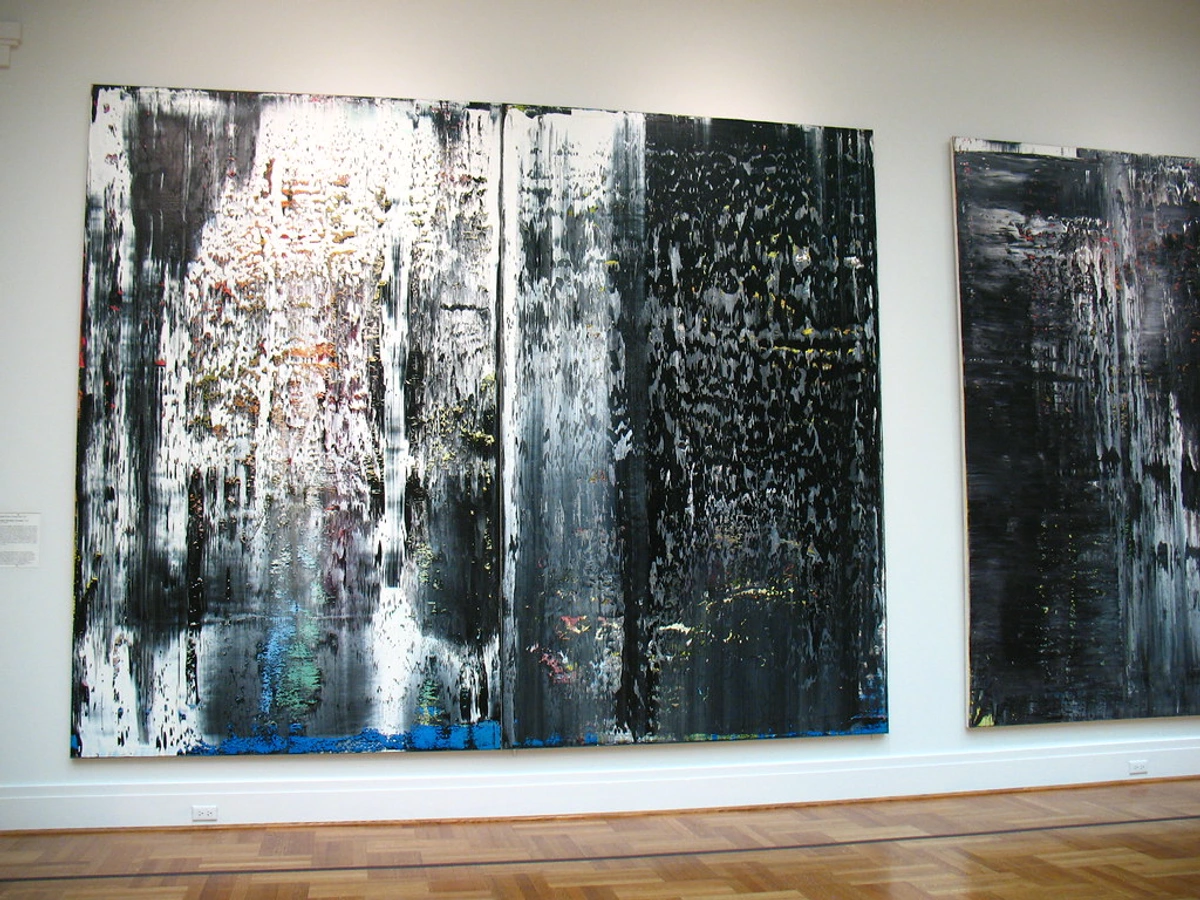
https://live.staticflickr.com/6205/6062532173_4f26a55128_b.jpg
The Art of Knowing When to Stop (or Not Start)
This is perhaps the hardest lesson for any artist, and definitely for me! My initial instinct is often to add more, to refine, to perfect. I remember one piece, a burst of energetic reds and blues, that I kept adding to, convinced it needed "one more thing." It got so busy, so cluttered, that the vibrancy was gone, swallowed by an overly complex composition. I swear, the painting looked at me with sad, tired eyes, begging for a moment of quiet! I learned the hard way that sometimes, the perfection lies in the restraint. A technique I often employ is the 'mirror test' or 'upside-down test' – viewing the painting indirectly to strip away conscious recognition and force my eye to see only the balance of shapes and spaces, bypassing the brain's tendency to interpret objects and allowing the pure compositional relationships to emerge. Learning to step away, to embrace the simplicity, is key. Negative space is often about courage – the courage to leave a part of the story unspoken, allowing the viewer's imagination to fill in the gaps. It's a vital tool in navigating artist's block, a powerful reminder that sometimes the solution is simply less, not more.
Why This Matters to You (and Your Walls)
When you interact with my abstract art, or any art for that matter, understanding negative space can deepen your connection to it. It's not just about decoding the obvious forms, but about experiencing the entire composition as a whole. Pieces where negative space plays a leading role often bring a sense of calm and sophistication to a room, inviting contemplation rather than demanding attention. They create a visual anchor, a quiet strength that balances a space, much like a well-placed pause in a lively conversation. For instance, a piece with an expansive, cool blue negative space might open up a smaller living room, making it feel less confined, while a densely packed composition with minimal negative space might create a vibrant, intense focal point in a larger, more open area. This contributes significantly to curating your space with abstract art and finding harmony in your home.
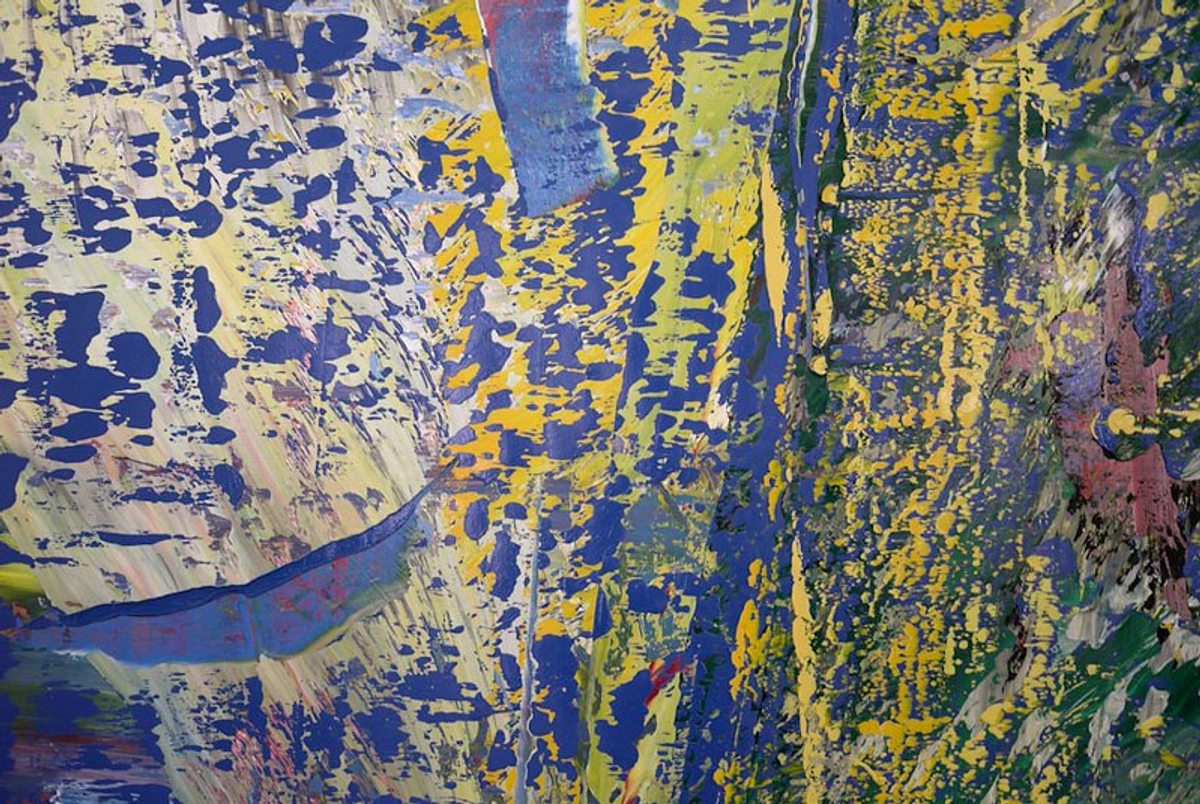
https://live.staticflickr.com/7275/7548168124_243d637c75_c.jpg
I believe the subtle power of negative space is one of the many reasons why people find themselves collecting abstract art and discovering meaning in non-representational works. By allowing space to breathe, abstract art becomes more accessible, inviting personal interpretation rather than dictating it. It empowers you, the viewer, to engage with the art on a deeper, more intuitive level, completing the narrative with your own imagination. If you're looking for a piece that truly resonates with this understated elegance, take a look at my art for sale – you might find that piece where the 'unseen' speaks the loudest, creating an atmosphere that perfectly complements your space.
Frequently Asked Questions about Negative Space in Abstract Art
Here are some common questions I hear about this often-overlooked aspect of art:
Q: Is negative space just 'empty' space?
A: Not at all! While it might appear empty, negative space is an active and crucial element of the composition. It defines and gives meaning to the 'positive' elements (the painted forms), creates balance, directs the eye, and evokes emotional responses. Think of it as carefully sculpted silence, a deliberate choice rather than a blank oversight. It's integral to demystifying abstract art.
Q: How does negative space affect the mood of a painting?
A: It has a huge impact! Abundant negative space often creates a feeling of calm, openness, and sophistication, inviting contemplation. Conversely, a composition with very little negative space, filled mostly with positive elements, can feel energetic, intense, or even claustrophobic, depending on its use. It's a powerful emotional tool that can whisper peace or shout urgency.
Q: How do artists balance positive and negative space effectively?
A: Achieving balance is often an intuitive process, but it's also a skill honed by practice. Artists frequently step back to view the whole composition, looking at the painting "upside down" or in a mirror to see the shapes more abstractly. The goal isn't necessarily equal amounts, but rather a harmonious interplay where each supports the other, preventing either the forms from feeling lost or the space from feeling overwhelming. It's about listening to the canvas and responding to what it needs.
Q: How do I know if I'm using too much or too little negative space in my own work?
A: This is a fantastic and challenging question! It often comes down to the feeling you want to evoke. If your piece feels cluttered, busy, or overwhelming, you might have too little negative space. If it feels sparse, disconnected, or unengaging, you might have too much. The key is balance for your specific artistic intent, but crucially, trust your gut. Does the piece feel right to you? Does it achieve the emotional resonance you're aiming for? A common pitfall is overworking a piece, leading to a cluttered feel (too little negative space), or conversely, not giving the positive forms enough presence to engage the viewer (too much negative space). Step back frequently, and consider what message the 'silence' is conveying. Sometimes, less truly is more, but only if that 'less' still feels purposeful.
Q: Can I learn to see negative space better?
A: Absolutely! It's a skill that develops with practice. Try looking at artworks (or even objects in your daily life) and consciously shift your focus from the main subject to the shapes created by the spaces around it. This perceptual shift helps train your eye to appreciate its importance and function, almost like learning to hear a new instrument in an orchestra. This is part of decoding abstract art.
Conclusion: The Enduring Power of the Unseen in My Art
For me, the exploration of negative space is a continuous journey, a reminder that true power often lies not in what's overtly stated, but in what's subtly implied. It's about respecting the breath, the pause, the quiet moments that allow everything else to truly shine. It's a philosophy that extends beyond the canvas, influencing how I view the world and my place within it. It allows my art to be both bold and serene, complex yet harmonious. Consider how often the most profound experiences in life are found not in noise, but in quiet reflection; negative space in art offers a similar sanctuary. I invite you to explore this depth in person, perhaps at my museum in 's-Hertogenbosch – my personal studio and exhibition space – where these subtle interactions come to life on a larger scale and where you can see the unseen speaking volumes. The unseen, after all, is just waiting to be discovered, patiently holding the space for deeper meaning.
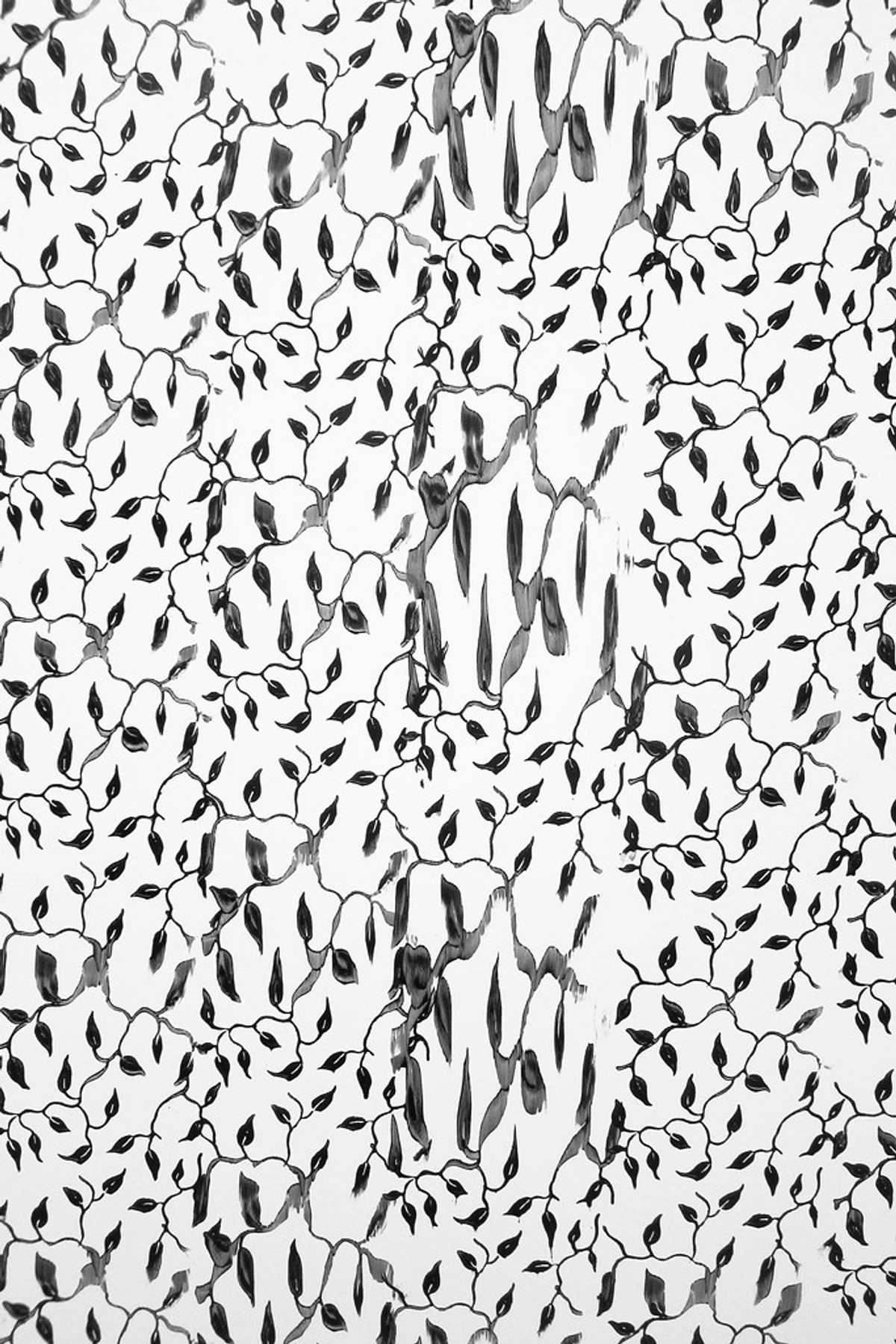
https://live.staticflickr.com/2871/13401855525_81707f0cc8_b.jpg




